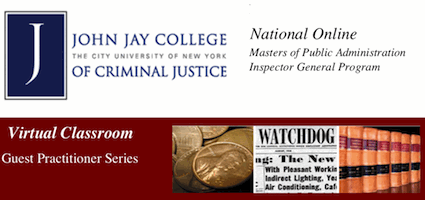
Today, there are a plethora of virtual classroom and meeting products on the market. The issue is further complicated by the phenomenon that new options and products seem to appear on a regular basis. Therefore, deciding which product to select for my program will not be an easy decision. Choosing a product is dependent on one’s needs, and the product I ultimately choose may not be the right one for you. Each educator and/or institution must research all options available and make a decision independently based upon their individual needs. The purpose of this series of blogs is to help educators learn what is out there and what the advantages and disadvantages are to each, so that individuals can make informed decisions on which product to use. I hope you find this information helpful.
Two years ago, I used GoToMeeting in my online classes. One of the features I like most about GoToMeeting is that it allows application sharing, which allows me to use SPSS, Excel, PowerPoint, Word, and other programs live on the Internet with students. Additionally, GoToMeeting is great for extra help sessions. Quite often, students contact me at 10:00 pm with questions regarding a program, quantitative method or website. It is easy to use GoToMeeting and view the student’s screen live as they attempt an exercise. GoToMeeting is also useful because students can view digital lectures if they are unable to attend class. The lecture can be uploaded to a server or blackboard. One of the downfalls of GoToMeeting is the large file size of the digital lectures. The first year I used GoToMeeting I took advantage of an introductory rate that was fairly good (~$350). The second year I paid the full price ($468.00). I stopped using GoToMeeting after the second year because I simply did not want to self-fund another year. I asked John Jay College to fund a license for the product, but it never panned out and so I stopped using the program.
The high price of GoToMeeting led me to a second program. WiZiQ is a free alternative to GoToMeeting, but it lacks several functions, including sophisticated application sharing. However, WiZiQ does come with the ability to host centralized recordings of virtual classes for students to view later. WiZiQ also has a premium membership for $100 per annum, which includes unlimited class recordings and downloads, co-brand virtual classroom, invoicing and payments handling, and get leads via learning requests and priority support. Class sessions are limited to 5 hours. I have not purchased the premium membership, but I believe it is an affordable option and a good deal for those who may wish to use it. One of my colleagues at John Jay College, the Deputy Director for the National MPA-IG Online Program, took a serious look at WiZiQ with the MPA-IG students. They concluded that although the program has unique and useful options, WiZiQ is not as advanced as other services. With only a few students in a classroom the program worked well, but when more than 15 students were in the classroom, lagging was a problem. In addition, there was yellowing of video on multiple occasions and occasional freezing of videos, regardless of the number of students in the classroom.
Our issues with WiZiQ led us to Elluminate. Elluminate provides virtual classrooms for up to 50 students for $499 per annum. Elluminate has powerful video conferencing capabilities and can support up to four webcams at a time. Users must wear podcasting headsets (something I am really not happy about), but this leads to superior sound quality – even with multiple speakers. It also has whiteboard and application sharing. Out of all the services tried so far, Elluminate seems to be the leader and will be heavily tested during the Spring 2010 semester. Students’ reactions, surveys and other information will be available on this blog. Check back soon for additional information.
by: Adam S. Wandt with Michelle Stein



